50+ Sample Documentation Plan
-
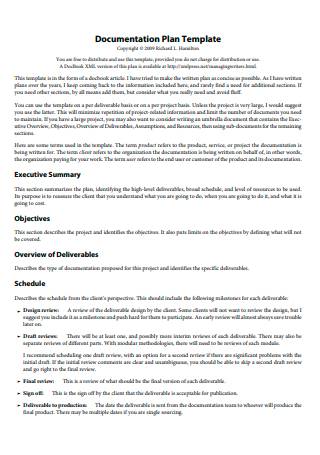
Documentation Plan Template
download now -
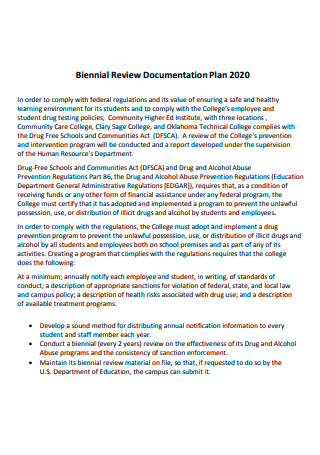
Review Documentation Plan
download now -
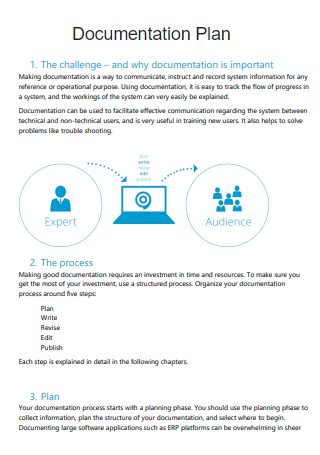
Basic Documentation Plan
download now -
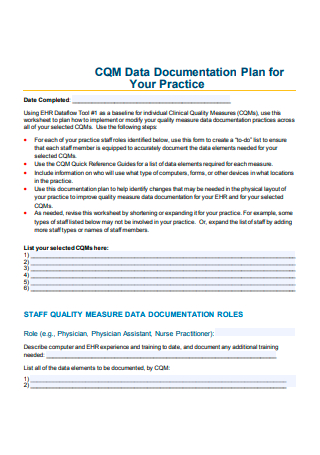
Data Documentation Plan
download now -

Documentation Plan Example
download now -
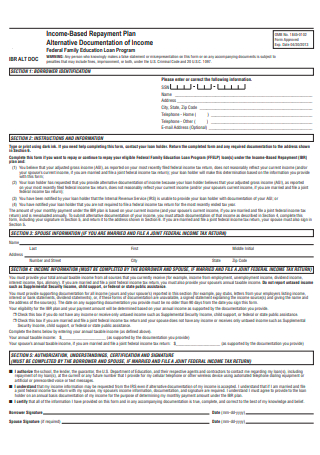
Documentation of Income Repayment Plan
download now -
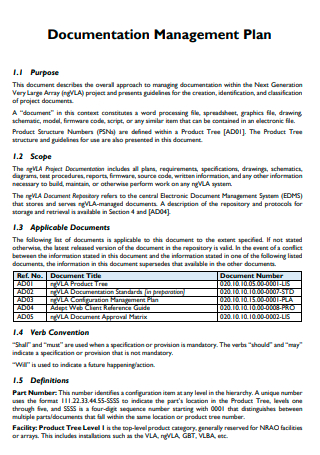
Documentation Management Plan
download now -
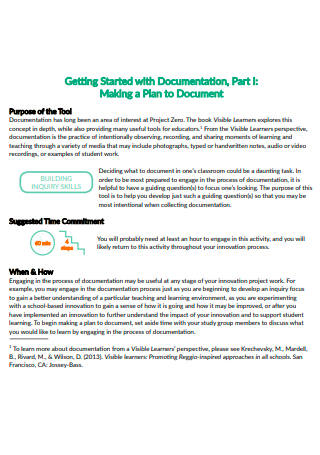
Documentation Plan in PDF
download now -
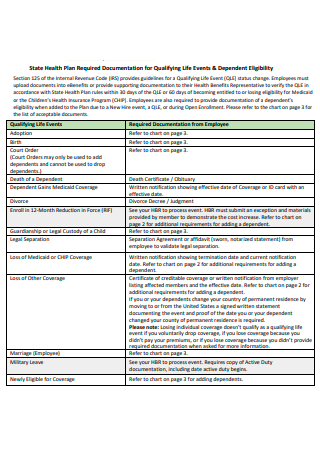
Documentation Health Plan
download now -
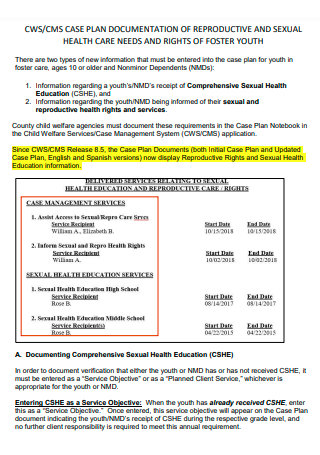
Documentation Case Plan
download now -
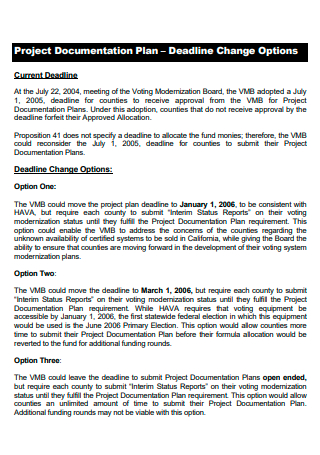
Project Documentation Plan
download now -
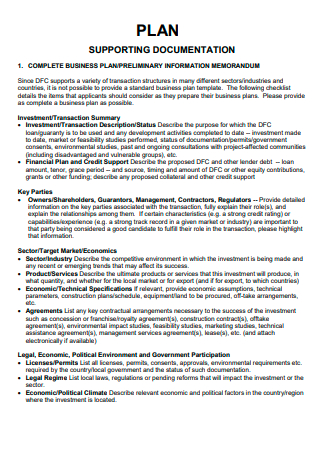
Supporting Documentation Plan
download now -
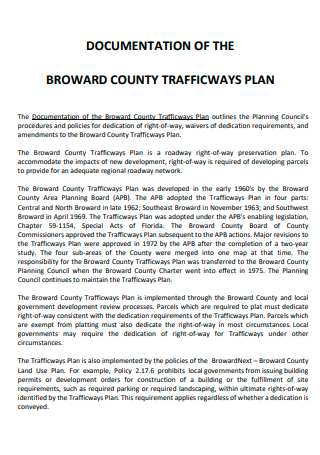
Documentation Traffic Ways Plan
download now -
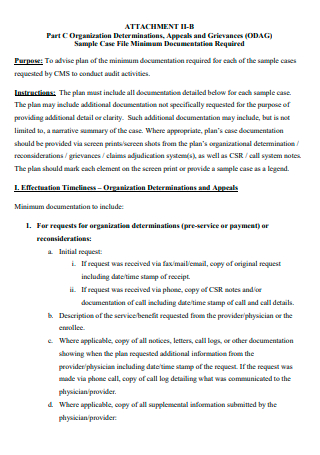
Printable Documentation Plan
download now -
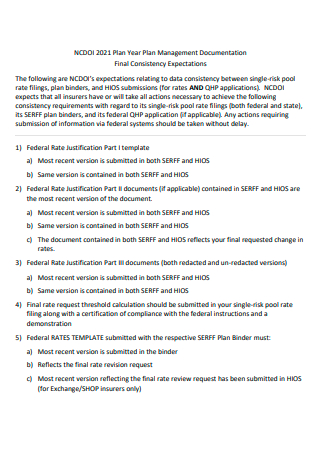
Management Documentation Year Plan
download now -
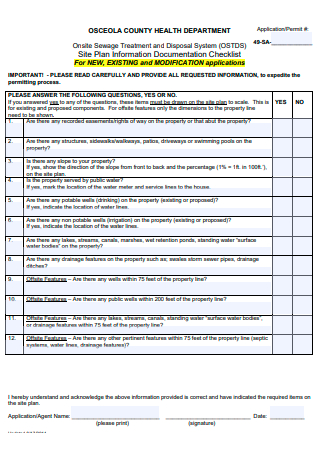
Documentation Checklist Site Plan
download now -
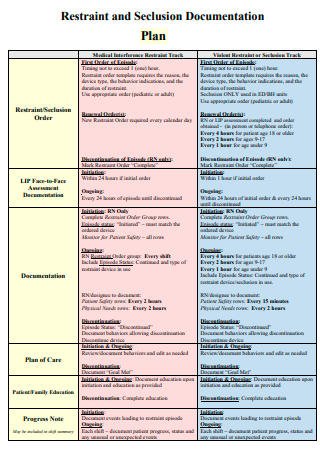
Restraint and Seclusion Documentation Plan
download now -
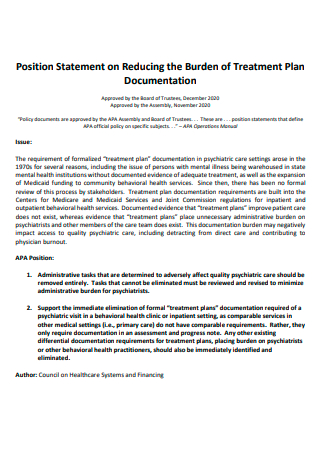
Documentation Treatment Plan
download now -
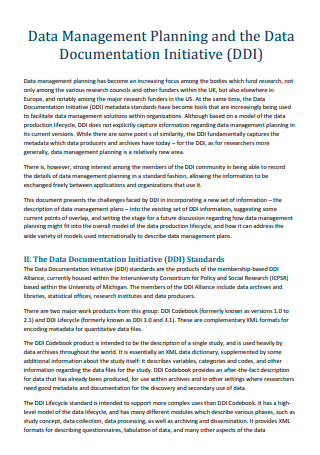
Documentation Initiative Data Management Planning
download now -
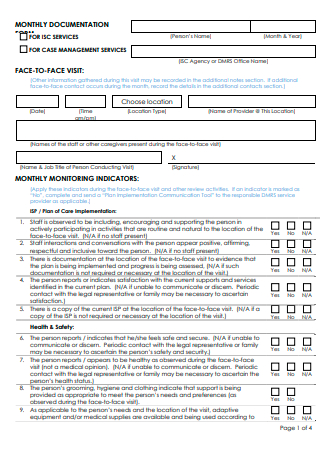
Monthly Documentation Plan
download now -
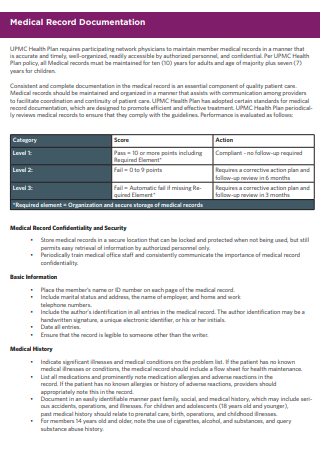
Medical Record Documentation Plan
download now -
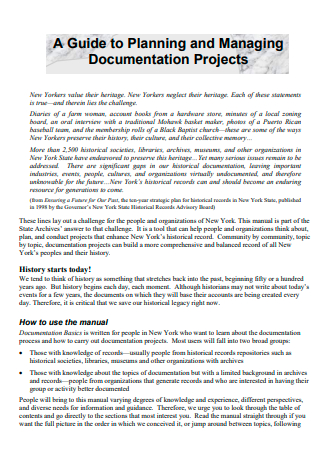
Documentation Projects Planning and Managing
download now -
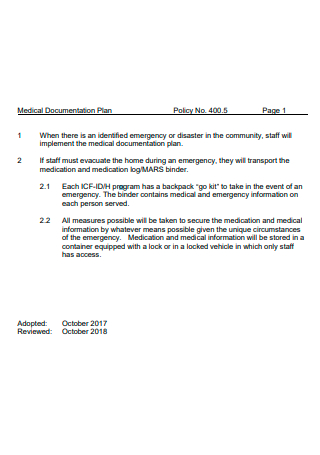
Medical Documentation Plan
download now -
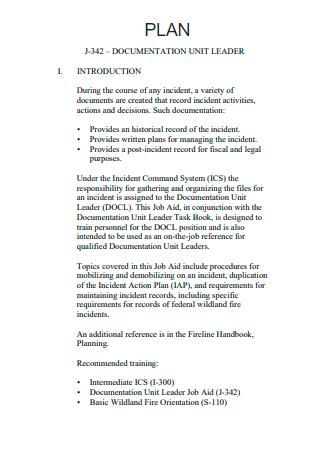
Documentation Unit Leader Plan
download now -
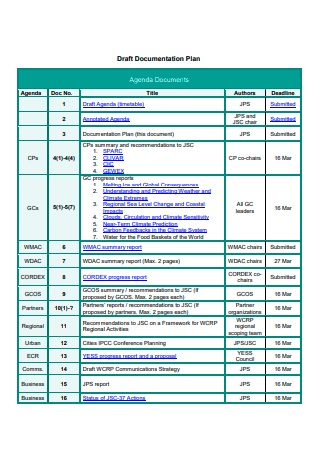
Draft Documentation Plan
download now -
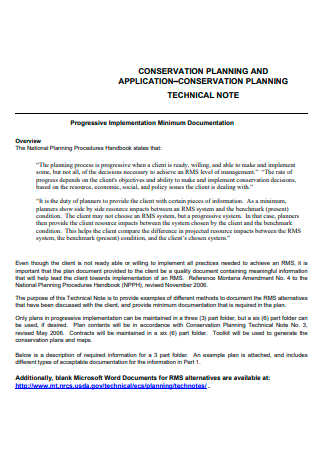
Documentation Conservation Planning
download now -
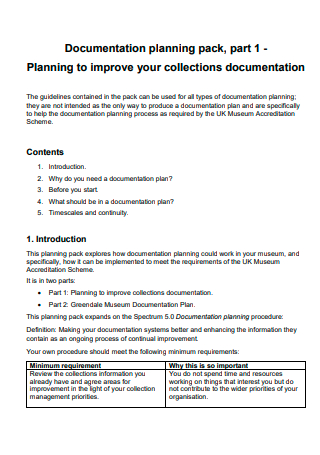
Simple Documentation Planning
download now -
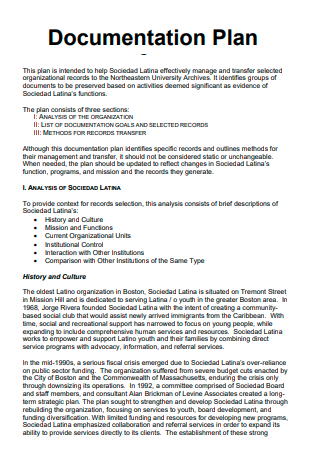
Formal Documentation Plan
download now -
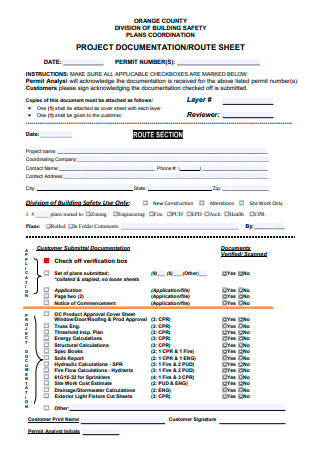
Project Documentation Plan Coordination
download now -

Commercial Mechanical Documentation Checklist Plan
download now -
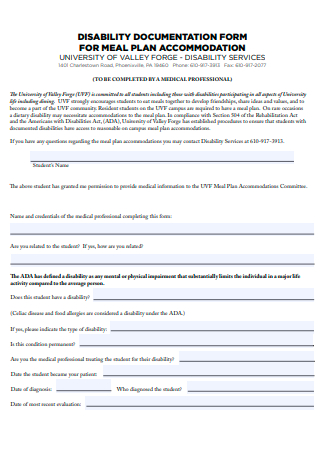
Disability Documentation For Meal Plan Form
download now -
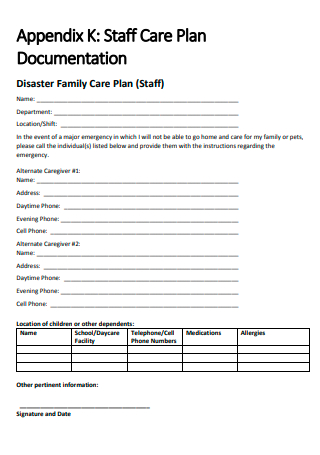
Documentation Staff Care Plan
download now -
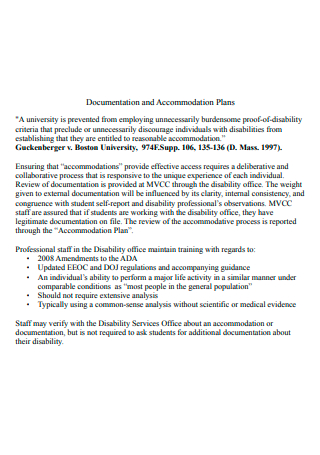
Documentation and Accommodation Plan
download now -
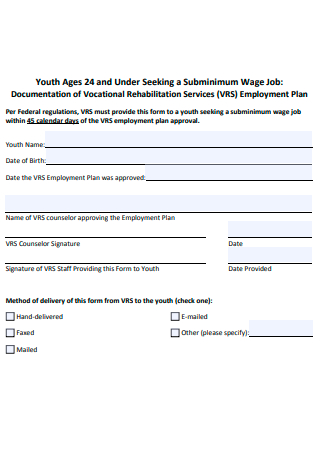
Documentation Employment Plan
download now -
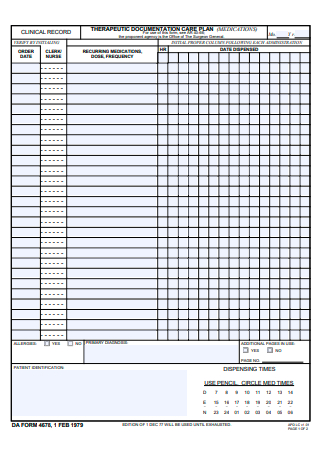
Therapeutic Documentation Plan
download now -
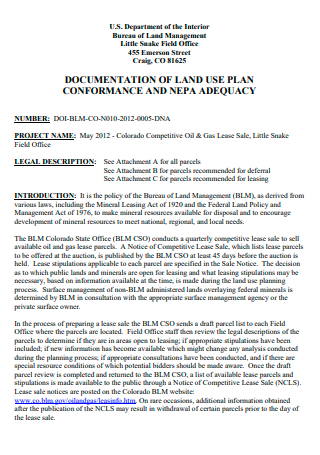
Documentation of Land Use Plan
download now -
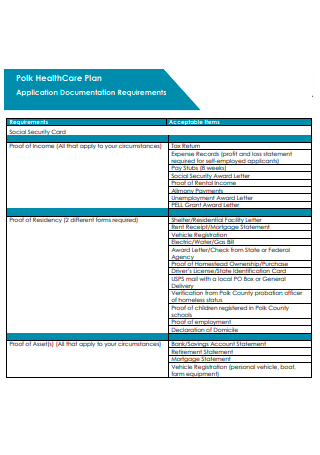
Documentation Health Care Plan
download now -
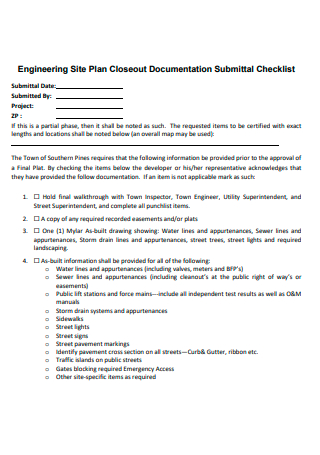
Documentation Engineering Site Plan Checklist
download now -
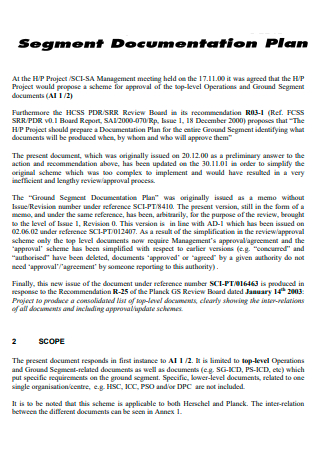
Segment Documentation Plan
download now -

Documentation and Supporting Information Plan
download now -
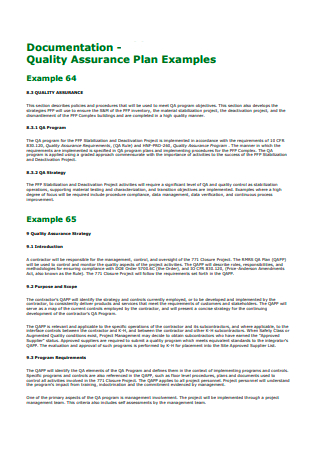
Documentation Quality Assurance Plan
download now -
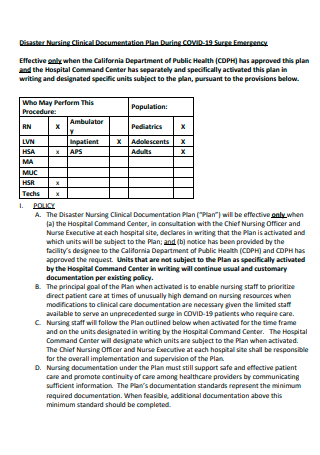
Disaster Nursing Clinical Documentation Plan
download now -
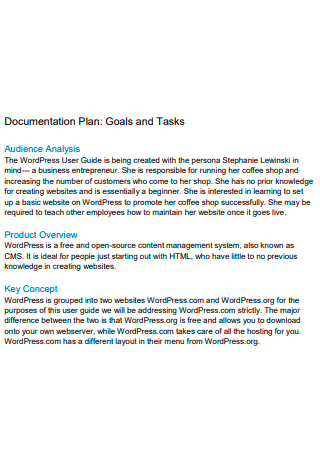
Sample Documentation Plan
download now -
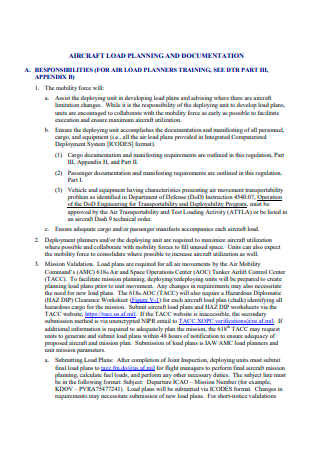
Documentation and Air Craft Planning
download now -
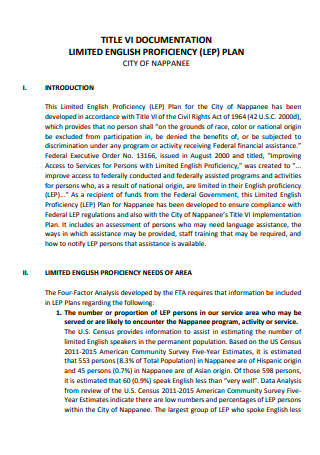
Documentation English Proficiency Plan
download now -
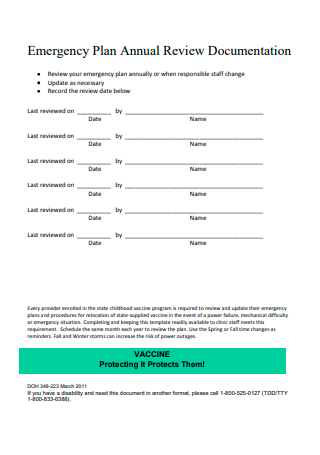
Annual Review Documentation Emergency Plan
download now -
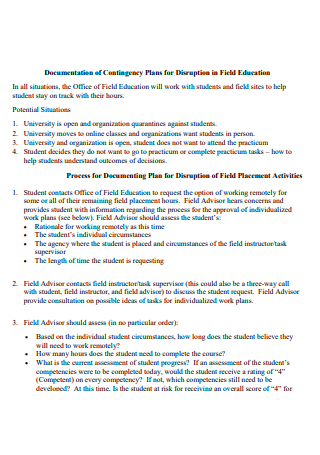
Documentation of Contingency Plan
download now -
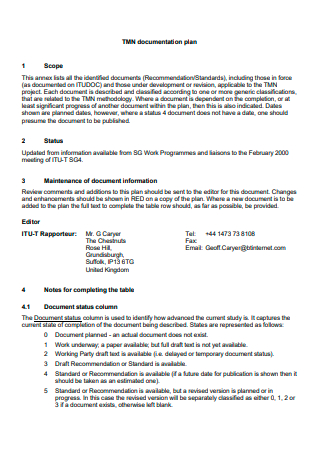
Standard Documentation Plan
download now -
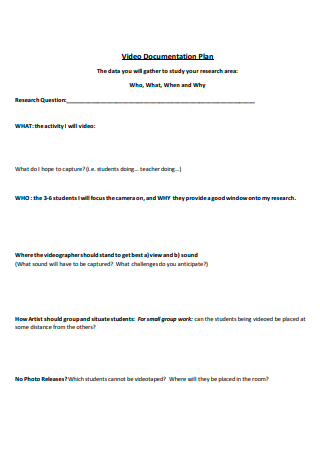
Video Documentation Plan
download now -
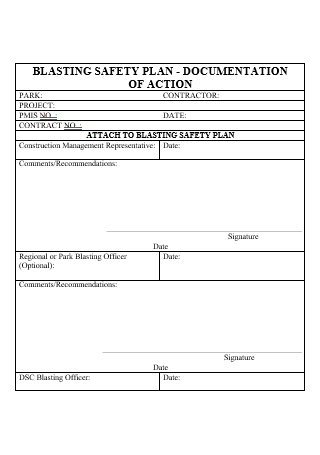
Documentation Action Safety Plan
download now -
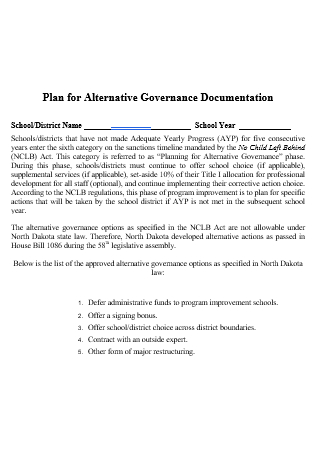
Alternative Governance Documentation Plan
download now
FREE Documentation Plan s to Download
50+ Sample Documentation Plan
What Is a Documentation Plan?
What Are the Important Components of a Documentation Plan?
What Are the Different Types of Technical Documentation?
Steps in Creating a Documentation Plan
FAQs
Why Can Documentation Writing be so Difficult Sometimes?
What is Software Documentation?
An RFP is a technical document. What is it?
What Is a Documentation Plan?
A documentation plan is a business document that is written by project leaders or team leads (basically speaking, written by technical writers) with the purpose of shaping up all the essential elements of the task that needs to be accomplished in a given period of time. This document will also help organize all the activities within the technical writing team and allow everyone with proper authorization access to all the essential information.
What Are the Important Components of a Documentation Plan?
Discussed below are the necessary elements that should be present when making a documentation plan:
What Are the Different Types of Technical Documentation?
Discussed below are the different types of technical documentation which are utilized in different types of professions:
Steps in Creating a Documentation Plan
Now that the documentation plan has been discussed, including its critical elements, it is now time to create a documentation plan. Here are the steps you can follow in order to create one:
-
1. Do Your Research
Before writing the documentation plan, this step must be performed first, which is to do some research. This is an important step to follow because although it may seem apparent, establishing the goal and scope of your documentation plan well ahead of time will save you a lot of time and work. This stage might be as easy as checking through current resources and guides and performing a quick audit of what you have and what is lacking, or it could be as complex as developing connections with the technical team to gain a better understanding of the subject.
-
2. Focus On the Plan’s Structure and Design
After doing your research, this step will soon follow. As the title suggests in this step, put great emphasis on the documentation plan’s structure and design. This is important because any kind of documentation plan should be useful and making it architecturally coherent and easy to read and understand is a big part of that. Before you begin developing content, you must consider how that material will be displayed. This entails considering both the on-page design and the organizational structure of your text. Using templates for consistency and developing a clear framework are two suggestions.
-
3. Start Writing the Documentation Plan
After brainstorming about the structure of the documentation plan, in this step, now you can begin creating one. The simplest method to generate technical documentation, like any other writing task, is to follow a few stages rather than diving right in and starting writing. The writing process is separated into many parts. The first step is to create a draft, which is an excellent starting point to iron out any inconsistencies in the documentation strategy. Then you may begin gathering input on the plan you’ve developed to ensure that you’re doing things correctly, and the final substep would be editing and revising the plan.
-
4. Gather Feedback
After writing the documentation plan and if you already feel confident with what you’ve written, you can now gather feedback. Unfortunately, since this step occurs after writing the documentation plan, this stage is frequently ignored during the preparation of this type of document since most organizations lack the necessary time and resources or believe it is not worthwhile. However, a documentation plan is always focused on the user. It’s a failure if it doesn’t work for them. Conduct a navigation audit while gathering comments. Keep in mind that the format of your paper is crucial. If consumers can’t readily get past them, they’re just as ineffective. Check for any broken hyperlinks in the documentation and ensure that all navigational components are functional and visible.
-
5. Develop a Schedule to Maintain Your Documentation Plan
After everything else has been done, this serves as the last step. A documentation plan is a dynamic type of document that should always be examined and updated in response to new product releases or changes. To keep up with what’s happening around you, you must set a timetable for regular maintenance as part of your work, which means you may need to go through the test steps again. You should also keep this document up to date. Updating is really essential since an outdated documentation plan is very useless.
FAQs
Why Can Documentation Writing be so Difficult Sometimes?
This type of writing can be difficult since all of us start with an empty document at first, and an empty document will always intimidate any writer, no matter the experience that he/she has. Why would a blank page be intimidating? This is because it can lead us to a condition called a choice overload since a blank page will always give us countless methods of phrasing the very first sentence of our write-up. A blank page always challenges you to write entire sentences that are interesting and logically related to the ones that follow before and after them. Even if you are well-versed in the subject, beginning a writing assignment in this manner is challenging.
What is Software Documentation?
Software documentation is an essential component of every software. Proper documentation techniques are critical to the software’s success. It is important that software documentation must have an engaging customer experience, information architecture, and a thorough grasp of your target audience. Software documentation can also be connected to API documentation, which can then be used to either incorporate into code or enhance the functionality of an existing program, or it can also be tied to release notes which serve to identify which issues have been resolved in the current release.
An RFP is a technical document. What is it?
An RFP document means a request for a proposal document. It is technical documentation that introduces an upcoming project and invites bids on it. Subsequently, proposals are documents that encourage clients or investors to purchase a product/service. Both are used by businesses to recruit their preferred business partners, whether they be vendors, investors, or consumers. It is important that in writing both documents, you must include crucial topics such as the project summary, company background, project scope, and goals.
An effective documentation plan always serves as a project’s blueprint. Without this document, a sincere outlook or prediction of what the project is going to look like will never be made. A pretty compelling reason for creating a documentation plan, aside from the one previously mentioned, is to set up a concise help process. Whenever this type of document is created, each member of the project team will now have a starting point that they can stand on. The plan also ensures that the entire process is efficient and consistent. In this article, there are plenty of examples of a documentation plan that you can download for personal use.
